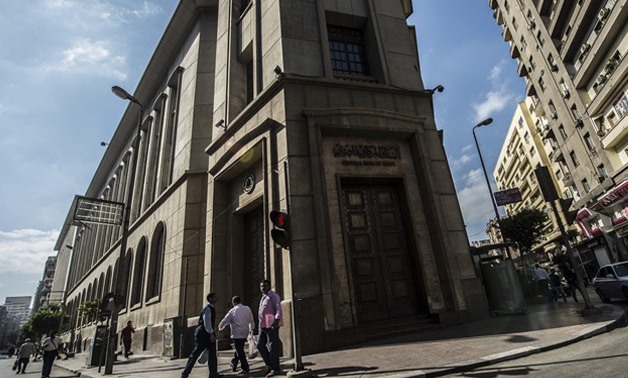
FILE – CBE
CAIRO – 5 November 2018: Egypt’s Money Supply rose during September by LE 633 million, recording LE 838.91 billion compared to LE 838.28 billion in September 2017, according to the Central Bank of Egypt.
CBE’s data revealed that on a yearly basis, Money supply hiked 13.6 percent, compared to LE 738.45 billion in September 2017.
Local liquidity also increased to 3.54 trillion during September, compared to LE 3.05 trillion during the same month of 2017.
CBE announced on Monday morning that Egypt’s foreign reserves increased by $40 million by the end of October 2018 to reach $44.501 billion, compared to $44.459 billion by the end of September 2018.
The state’s foreign reserves started to rebound after the delivery of a $12 billion three-year International Monetary Fund loan program in 2016.
The IMF Executive Board approved in November 2016 a three-year extended fund facility (EFT) loan to Egypt worth $12 billion to support its economic reform program.
On October 31, the IMF and Egypt reached a staff-level agreement to offer Egypt the fifth installment of IMF’s $12 billion extended fund facility arrangement, amounting to $2 billion.
By receiving the fifth installment, the total disbursements under the program will reach about $10 billion.
The current foreign reserves average covers about eight months of Egypt's commodity imports, which is higher than the global average of about three months of commodity imports.
Egypt spends an average of $5 billion monthly on imports, with an annual total of more than $60 billion.
Foreign currencies in Egypt’s foreign reserves include the U.S. dollar, euro, Australian dollar, Japanese yen and Chinese yuan.
The main function of the foreign exchange reserve, including its gold and various international currencies, is to provide commodities, repay the installments on interest rates of external debt, and to cope with economic crises.
Since 2016, Egypt has embarked on a bold economic reform program that included the introduction of taxes, such as the value-added tax (VAT) and cutting energy subsidies, with the aim of trimming the budget deficit.
The country floated its currency in November 2016 before it clinched a $12 billion loan from the International Monetary Fund (IMF).

Comments
Leave a Comment